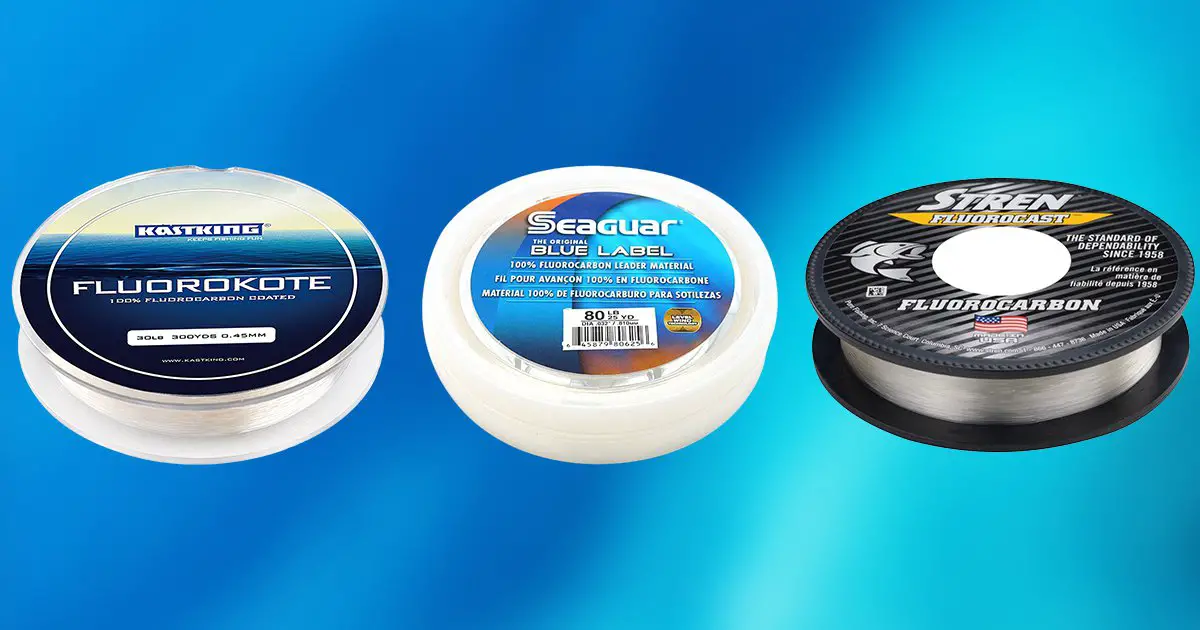Fluorocarbon fishing line and monofilament line have distinct differences. Fluorocarbon line is more invisible underwater, has higher abrasion resistance, and sinks faster compared to monofilament line. Monofilament line, on the other hand, tends to be more supple and has better knot strength.


